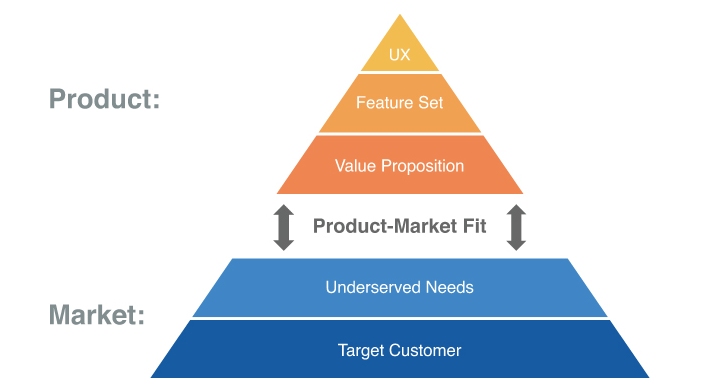Dan Olsen: The Lean Product Playbook
“The Lean Product Playbook” by Dan Olsen is a comprehensive guidebook for creating successful products using the principles of Lean Startup and Lean Product Development. The book outlines a systematic and iterative approach to product development, focusing on achieving product-market fit and delivering value to customers.
The book is divided into three parts: Part One covers the foundation of product development, Part Two explores the Lean Product Process, and Part Three discusses growth and scaling strategies.
In Part One, Olsen introduces the concept of Lean Product Management and emphasizes the importance of understanding customers, defining value propositions, and identifying target markets. He also explains how to create a Lean Canvas, a one-page document that summarizes the key elements of a product strategy.
Part Two presents the Lean Product Process, which consists of six steps: Determine your target customers, Identify underserved customer needs, Define your value proposition, Specify your minimum viable product (MVP) feature set, Create your MVP prototype, and Validate your product with customers. Olsen provides detailed guidance and examples for each step, highlighting the iterative nature of the process and the need for continuous learning and adaptation.
Throughout the book, Olsen emphasizes the importance of customer feedback and validation. He introduces various techniques for gathering customer insights, such as customer interviews, surveys, and usability testing. The book also covers strategies for prioritizing features, conducting competitive analysis, and managing product roadmaps.
Part Three focuses on growth strategies and scaling the product. Olsen discusses topics such as marketing and sales, pricing, metrics and analytics, and team organization. He provides practical advice for achieving sustainable growth and maximizing the value of the product.
Key Takeaways
1. Product-Market Fit Pyramid:
One of the main contributions by Dan Olsen is the Product-Market Fit Pyramid. This pyramid represents the different levels of product-market fit, with each level building upon the previous one.

The levels are as follows (from bottom to top):
Target Customer: Identifying the specific customer segment that your product aims to serve.
Underserved Needs: Identifying the significant problems or unmet needs of the target customers.
Value Proposition: Creating a compelling value proposition that addresses the identified needs and differentiates your product from competitors.
Feature Set: Specifying the minimal set of features that your product needs to deliver the value proposition.
User Experience: Ensuring that the user experience of the product is intuitive, easy to use, and delightful for customers.
By progressing through each level of the pyramid, companies increase their chances of achieving a strong product-market fit.
2. Lean Product Process
Olsen’s book provides a systematic and iterative approach to product development, emphasizing customer validation and continuous learning. The Lean Product Process consists of six steps: Determine your target customers, Identify underserved customer needs, Define your value proposition, Specify your minimum viable product (MVP) feature set, Create your MVP prototype, and Validate your product with customers. This process helps companies build products that resonate with customers and achieve success in the market.
3. Customer Validation Techniques
Olsen highlights the importance of gathering customer feedback and provides practical techniques for customer validation. These include conducting customer interviews, running surveys, performing usability testing, and analyzing metrics and analytics. By incorporating customer insights throughout the product development process, companies can make informed decisions and improve the chances of building a successful product.
“The Lean Product Playbook” offers a comprehensive framework for product managers, entrepreneurs, and anyone involved in product development. It combines theory with practical guidance, enabling readers to apply Lean principles and achieve product-market fit.